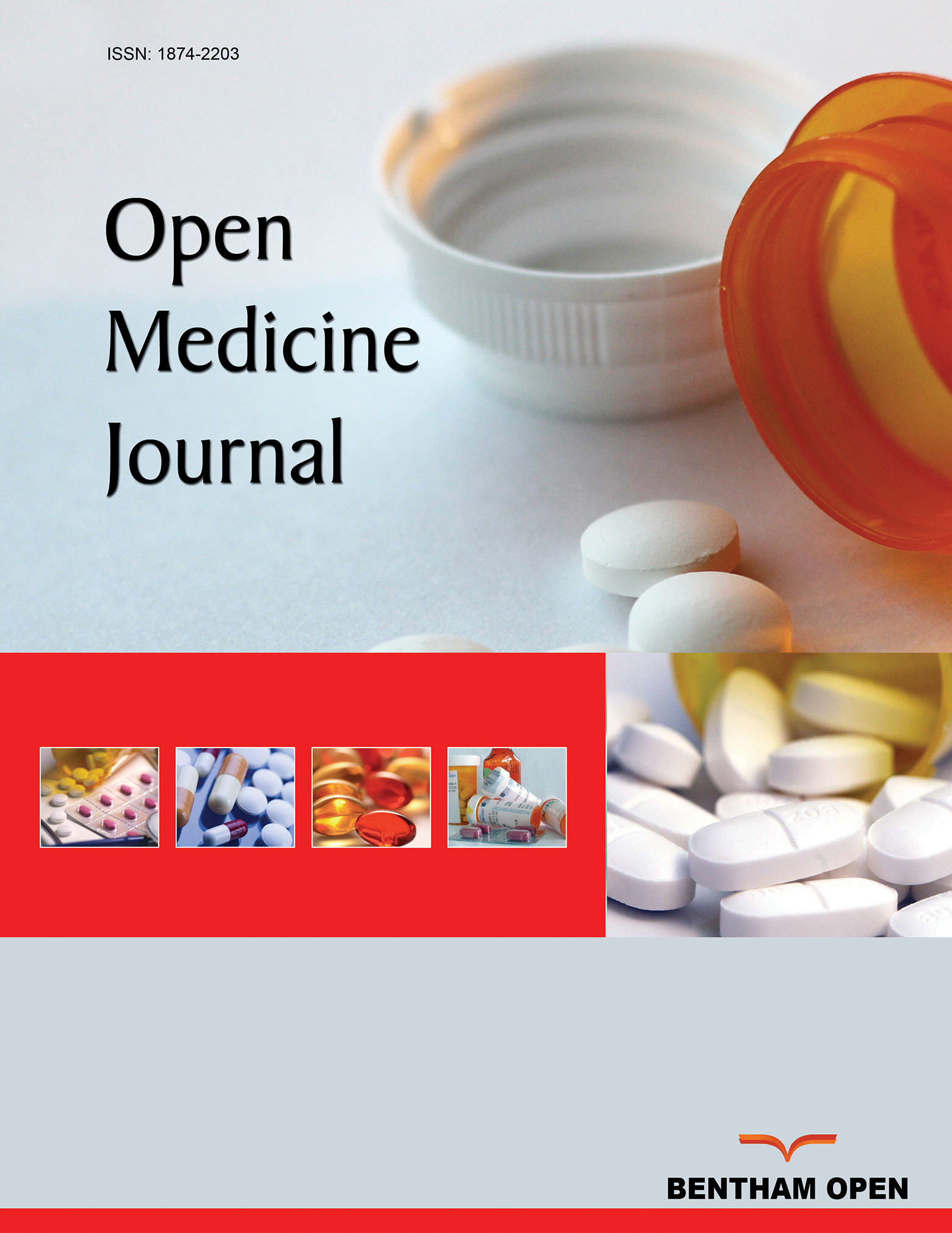All published articles of this journal are available on ScienceDirect.
An Econometric Study of the Determinants of Canada’s Non-reimbursable Medical Care Costs
Abstract
Introduction
Several studies have assessed the linkages between household factors and non-reimbursable medical costs over the years. However, there still exists a substantial gap in information on non-reimbursable medical costs in Canada that requires addressing. For instance, more information is needed about the extent and variation of the non-reimbursable medical costs across Canada. Even less is known about the prevalence of these costs among different population segments. We use the survey of household spending data to predict non-reimbursable medical costs across Canada’s 10 provinces.
Methods
In order to estimate the predictors of non-reimbursable medical costs in Canada, descriptive assessments and weighted cross-sectional regression analyses were conducted. Regression estimates on the Canadian survey of household spending data were performed to estimate the econometric predictors of non-reimbursable medical costs.
Results
Findings showed significant variation in non-reimbursable medical costs across the country’s 10 provincial regions. More importantly, they show that the share of earnings spent on non-reimbursable medical services is negatively associated with household earnings itself (estimated, coefficient of ln(Earnings) =-0.73, -0.73, -0.85, ∀ p<5% for 2004, 2009, 2015, respectively), while at the same time increasing with agedness (estimated, coefficient of Canadians aged>65 years = 0.58 & 0.82, ∀ p<5% versus Canadians aged < 19 years, for 2004, 2009, respectively), feminine gender (estimated, coefficient of feminine gender =0.28, 0.22, ∀ p<5% versus masculine gender for 2004, 2009, respectively), married status, living in large-sized families, and ill-health.
Conclusion
In Canada, non-reimbursable medical costs differ substantially by province and across socioeconomic, demographic, and health dimensions.


